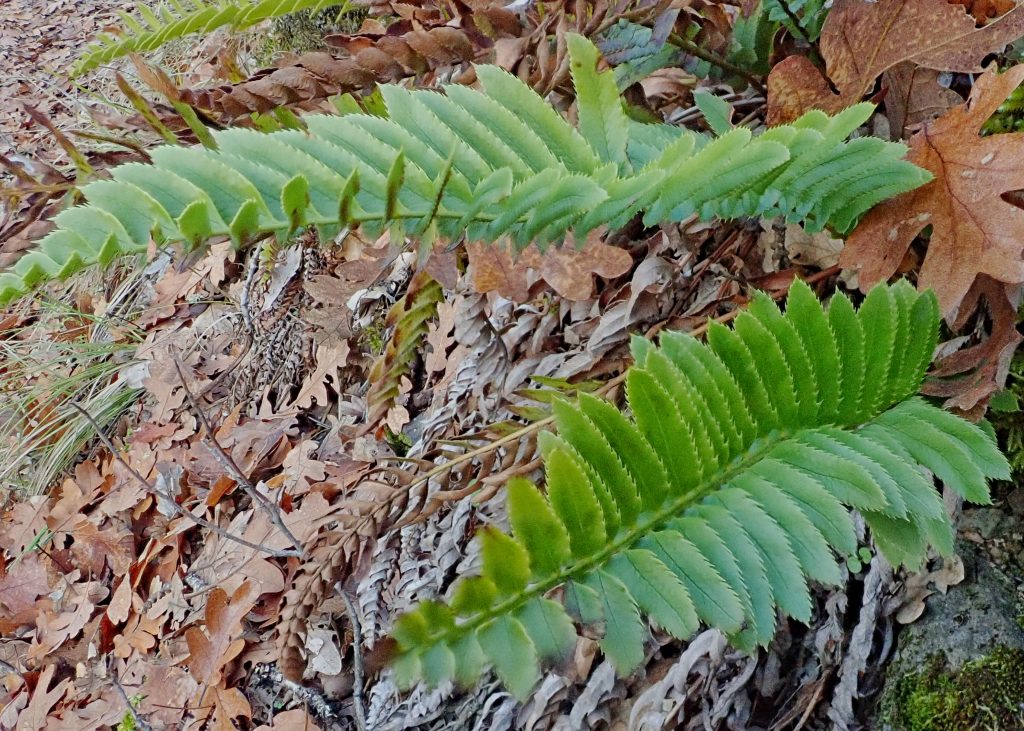
A few years ago, when embarrassment at my ignorance finally outweighed the inertial resistance to the effort required to learn the nomenclature, search images, and pattern recognition of a new class of lifeforms, I decided to get to know the ferns. This is an ongoing process, and I’m still far from good, but I can now readily identify the common ferns I encounter regularly. And, more to the point of this post, I can tell when something is not one of those.
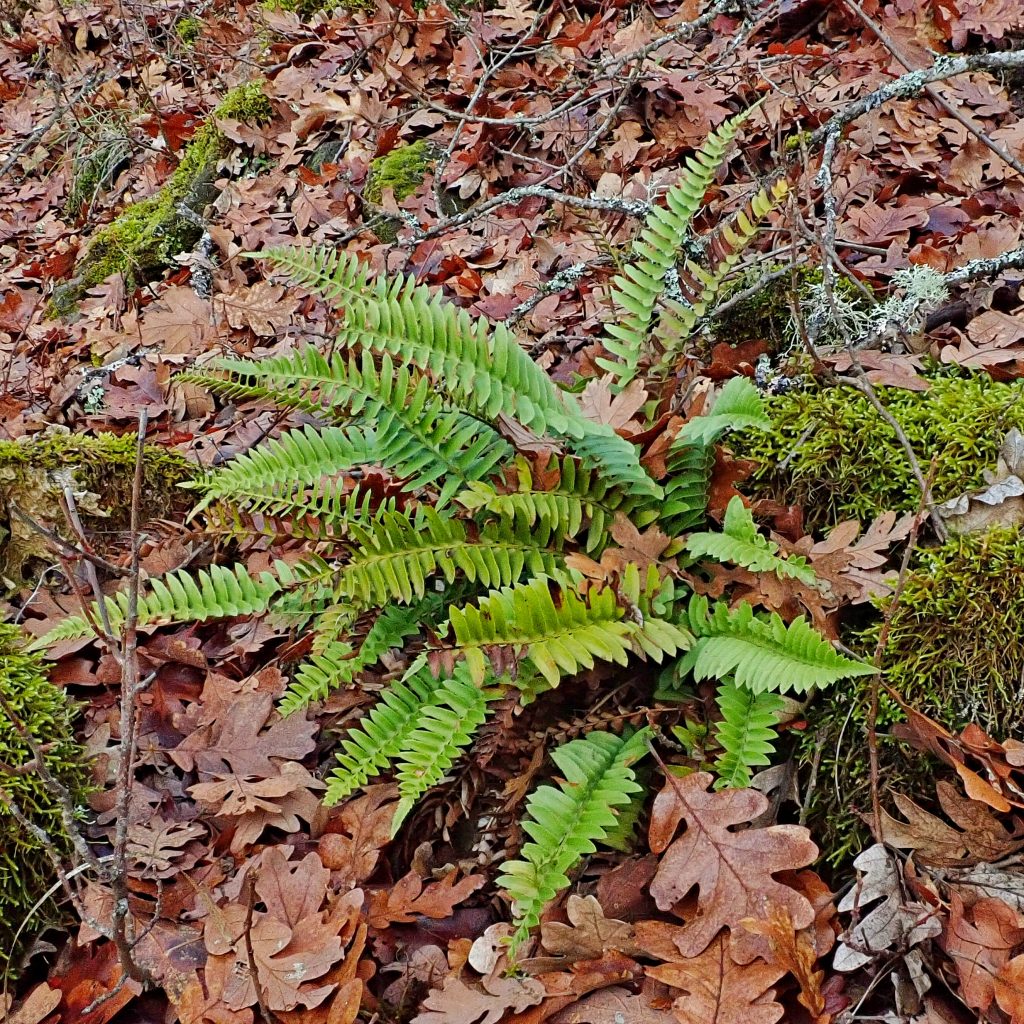
During that first flush of fern figuring I was hiking near Catherine Creek in Klickitat County, Washington, looking for wildflowers and whatever other biota I could find, when I came across some ferns that triggered that pattern unrecognition bell. My resources at the time were limited to a cheap little pamphlet on fern identification, although I had no idea at the time how incomplete it was, and based on that I came to the mistaken conclusion that they were some unknown-to-me subspecies of Western Sword Ferns.
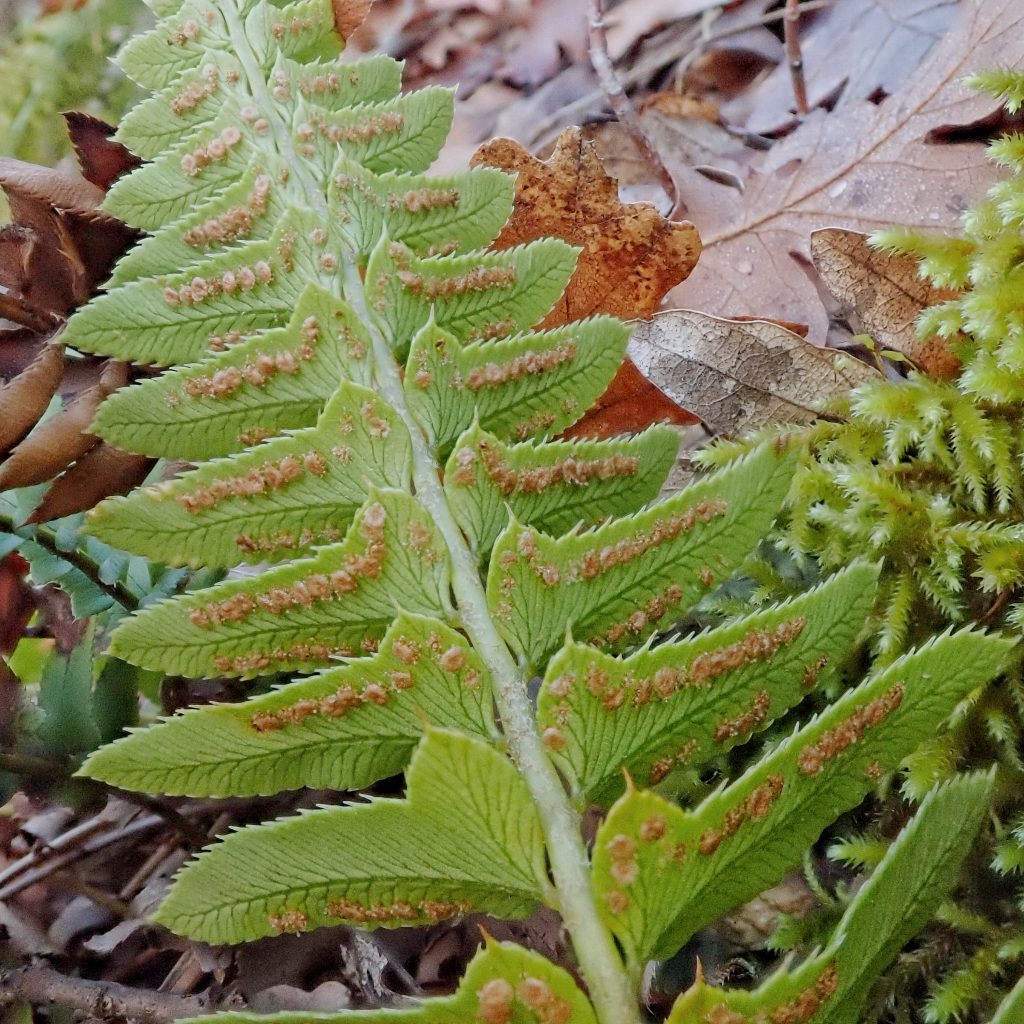
In my defense, and in possible defense of that little pamphlet which I’ve now lost and so can’t look to see when it was published, if I had found those ferns prior to 1979, when my mentor David Wagner published “Systematics of Polystichum in Western North America, North of Mexico”, I’d have been correct, according to many of the best botanical thinkers of the previous century.
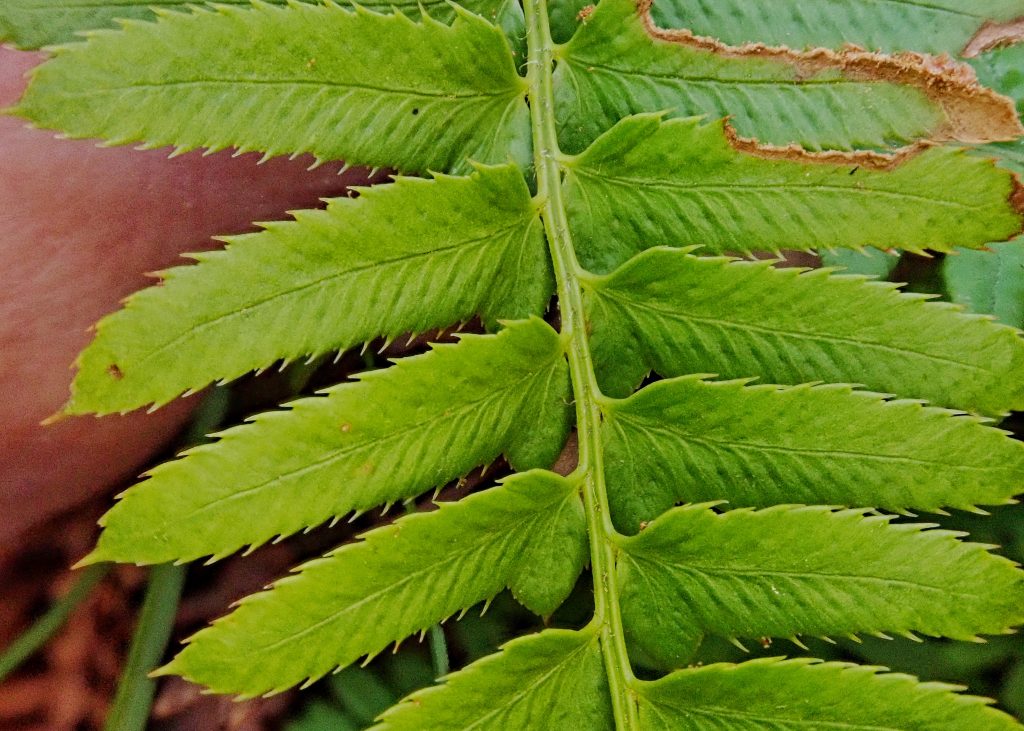
When I learned of Wagner’s work several weeks ago, while perusing the Polystichum section of a borrowed copy of “Ferns and Fern Allies of Canada” (Cody/Britton; 1989)(since those Klickitat ferns were still niggling around in the back of my mind, although the description and illustrations in that illustrious publication failed to go ‘ding’ with a pattern match), I Google searched until I found a copy, and bought it on the general principle of always buying books written by people I know and respect.
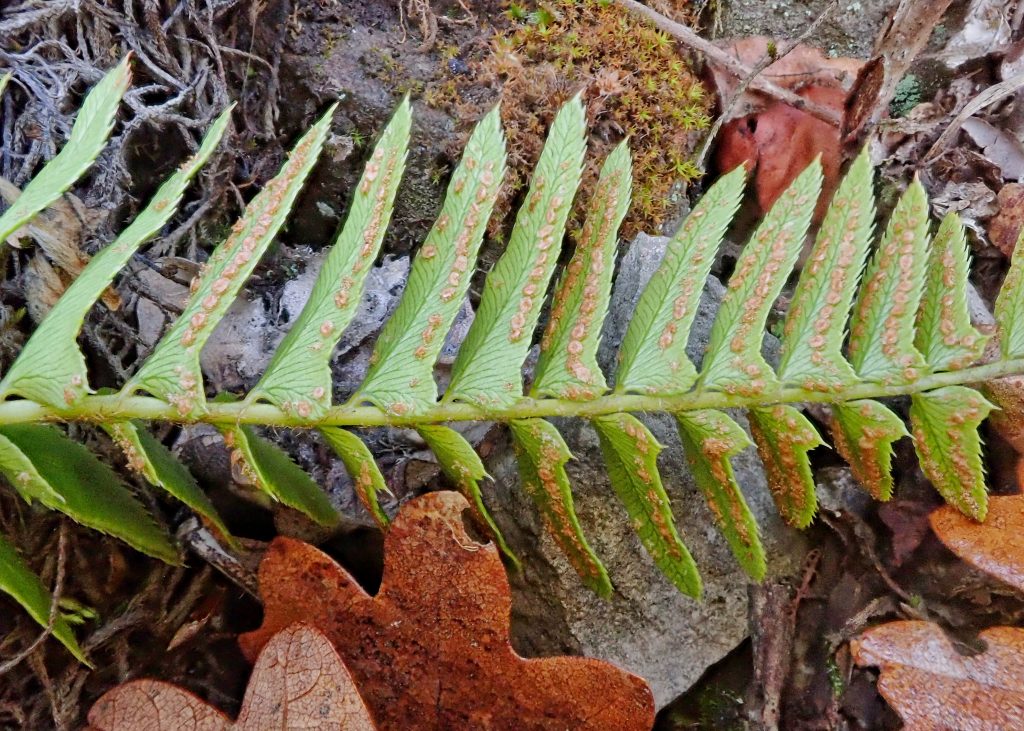
When it finally arrived I started flipping through it, and the first grainy, black and white photo illustrating Polystichum imbricans, which showed the rotated pinnae that were so clearly etched in my mind, went “ding,ding,ding”.
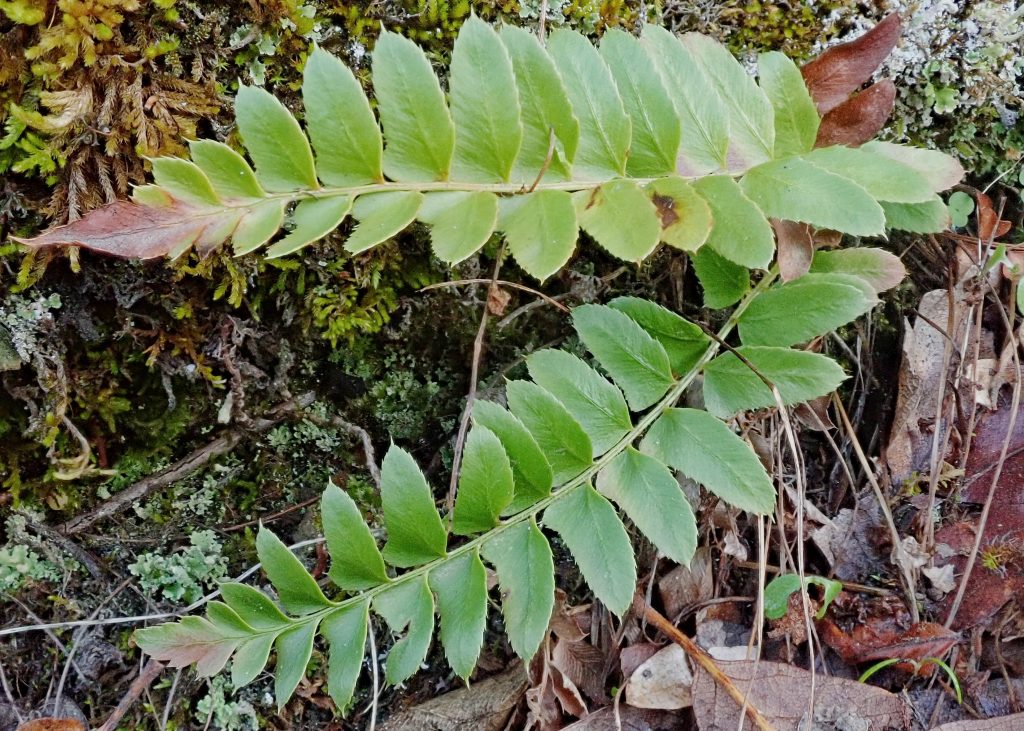
It would be another 2 weeks until I managed to make the trip to the area I call the Bingen Benchlands. But last Friday I headed east, and found those lovely, interesting, bright green, louvered ferns right where I remembered them. At first my enthusiasm was slightly tempered by the lack of sori on the first few fronds I examined, thinking I’d need them for a positive identification. And when I did arc a frond away from me and spot those spherical dots, still capped by indusia for the most part, I was so thrilled that I actually froze and carefully reached for my camera, before that everpresent friendly voice in my head informed me that ‘It’s a plant and can’t run away, ya brain dead moron!”

When I got home I immediately ran through the short key for Polystichum, and became convinced it was indeed P. imbricans imbricans. But the last hurdle was getting it vetted, so I emailed a bunch of photos to David Wagner, and he confirmed my identification. It always (that’s actually a bit misleading- it has now happened three times; once before with a dragonfly, and once with a click beetle) makes me feel like an old time naturalist to have my specimens vetted by the original describer of a species, as though the community of scientists and naturalists are still closely related and interdependent in exploration and discovery. Even more so when, as in this case, they did exhaustive research to make the case for elevating a taxon to full species status, and I know them personally.
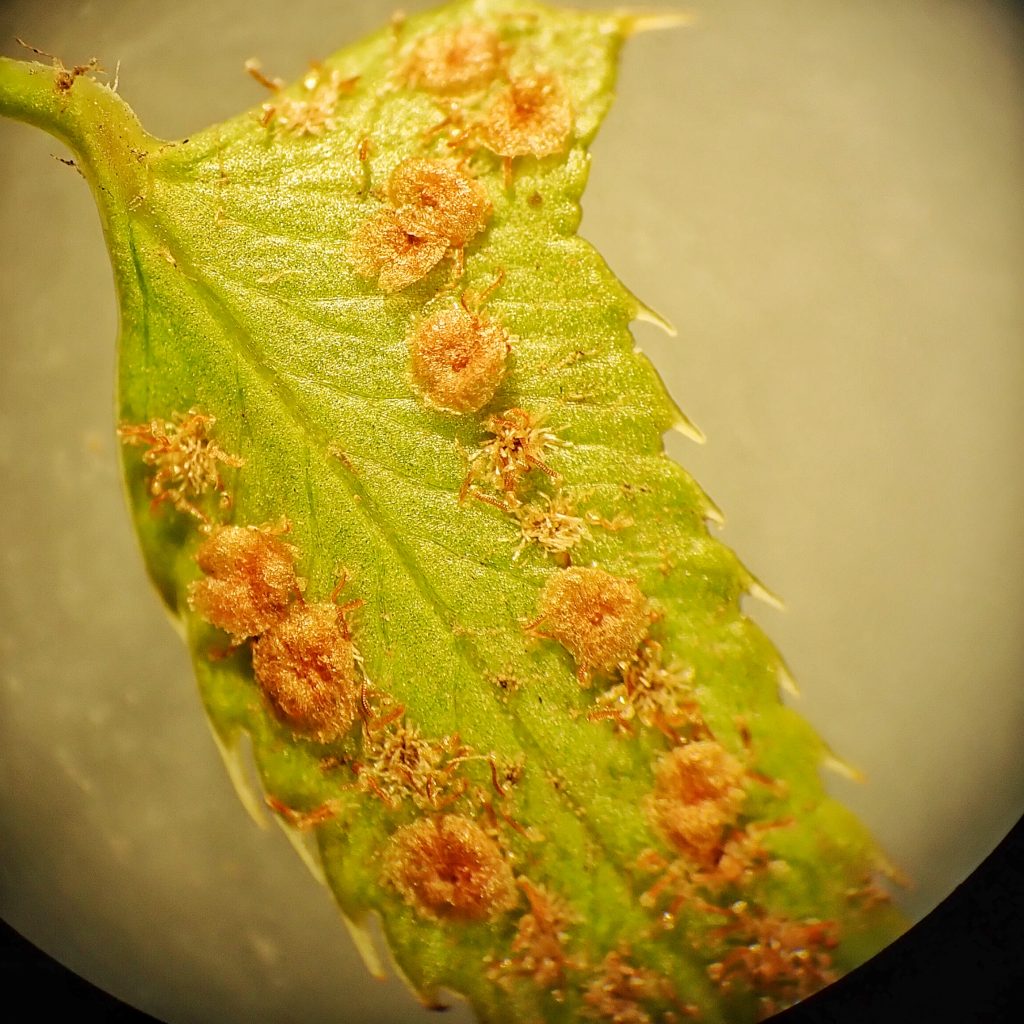
Description– Bright green,medium sized fern (fronds 25-50 cm long); once pinnate fronds which are erect from a flaring rhizome; pinnae asymmetrical, less than 5 times as long as wide, and folded inward and rotated so as to be perpendicular to the stem (rachis); tip of pinnae abruptly tapering to a narrow point (mucronate); sori midway between midvein and margin, or closer to the margin; indusia more or less entire, never ciliated.
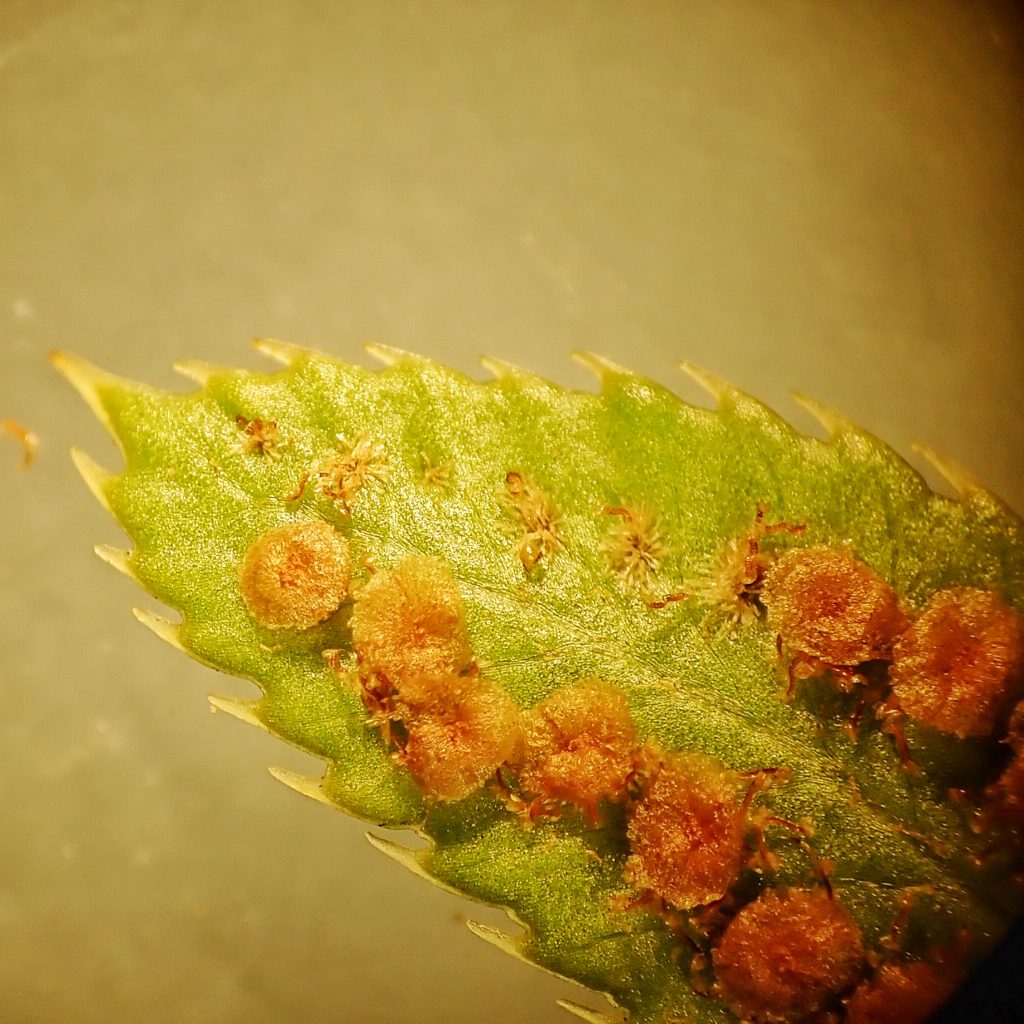
Similar species– P. munitum is dark green with decumbent fronds from an erect rhizome, has pinnae that are planar both horizontally and vertically, and that are more than 5 times as long as wide, with tips that gradually taper to a point, and ciliated indusia covering the sori. Also P. munitum is usually found on the floor of mesic forests, whereas P. imbricans is found in rocky, dry, open, woodlands. P. lonchitis has lower pinnae that are triangular and symmetrical, and most pinnae scimitar shaped, with spreading spines on the marginal teeth of the pinnae. It is found in alpine and subalpine habitats.
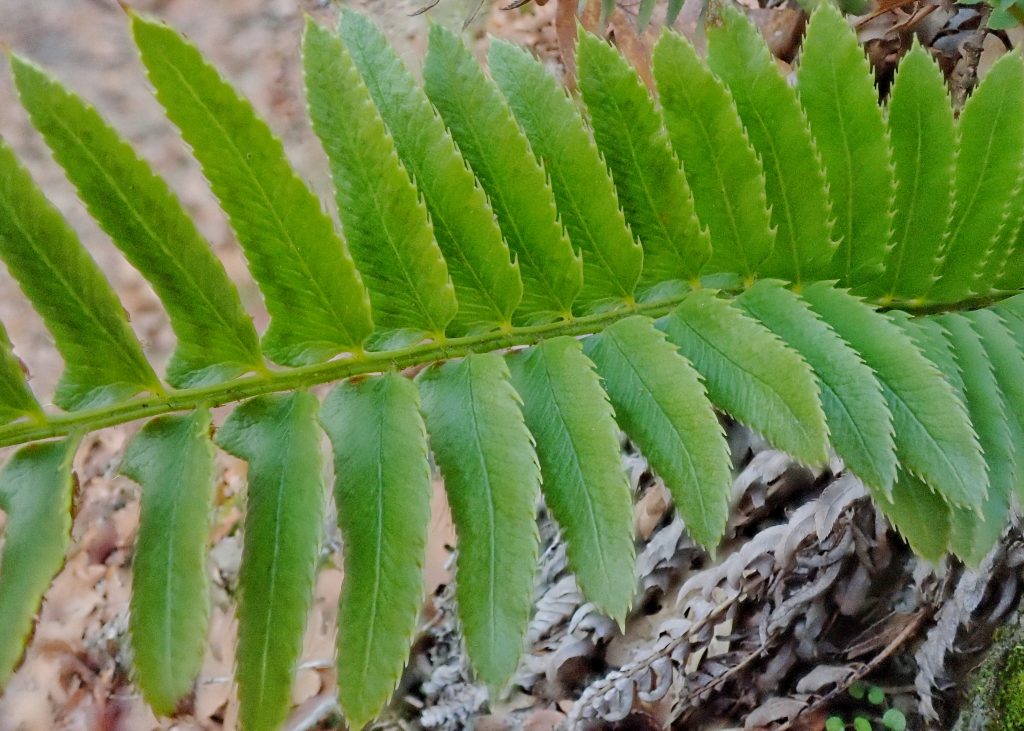
Habitat– Dry, rocky areas, under boulders or in partial shade of trees.
Range– Cascades, Olympics, and Siskiyous, from BC south to California. Occasional disjunct populations in the Coast Range.
Reproductive timing– Fall and winter
Eaten by– Possibly also used as a larval host by the moth Thallophaga taylorata.
Etymology of names– Poly- is from the Greek for many, and –stichum is Greek for rows, referring to the regular rows of sori. The species epithet imbricans is from the Latin for ‘overlapping like roof tiles’. This overlapping of pinnae is only evident in pressed specimens. In live plants the rotation of the pinnae negates their overlapping structure.
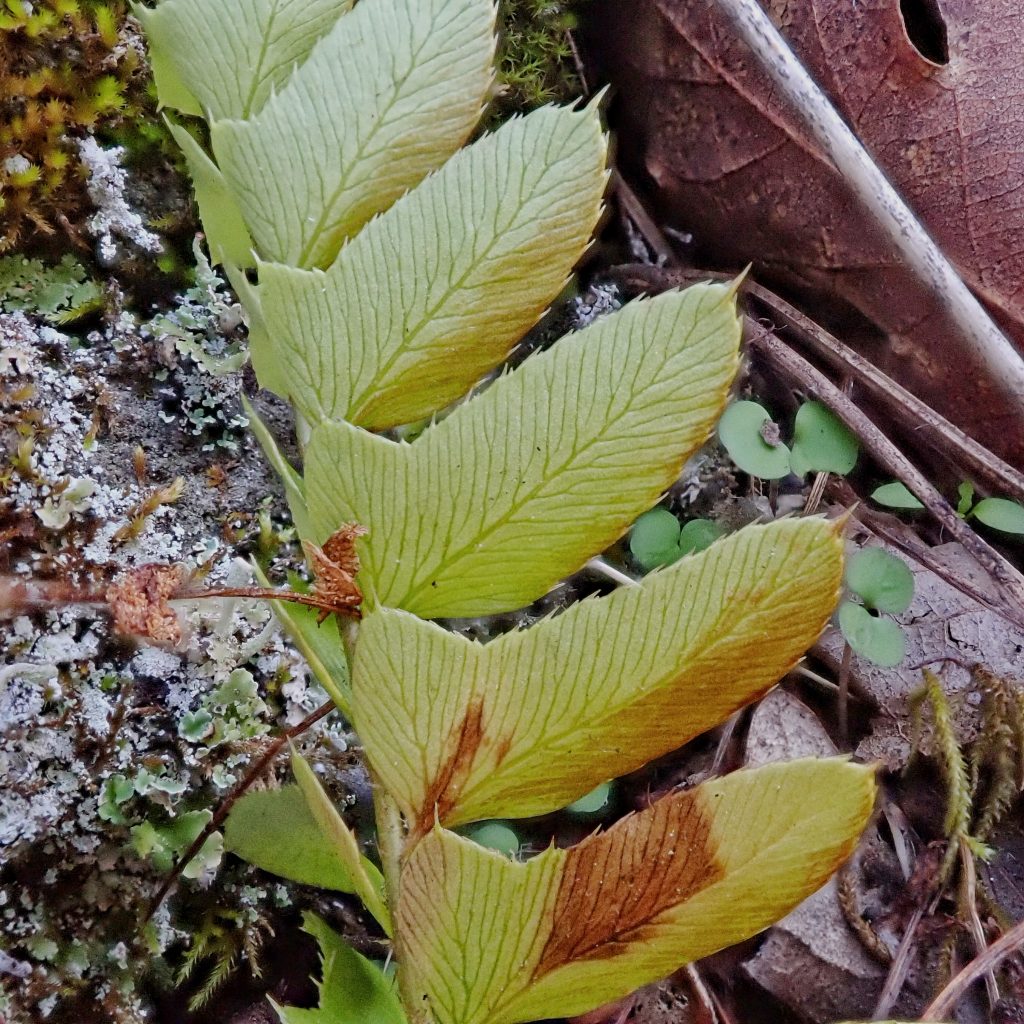
http://www.efloras.org/florataxon.aspx?flora_id=1&taxon_id=233500987
https://backyardnature.net/n/x/narrswrd.htm
https://ucjeps.berkeley.edu/eflora/eflora_display.php?tid=39415
https://en.m.wikipedia.org/wiki/Polystichum_imbricans
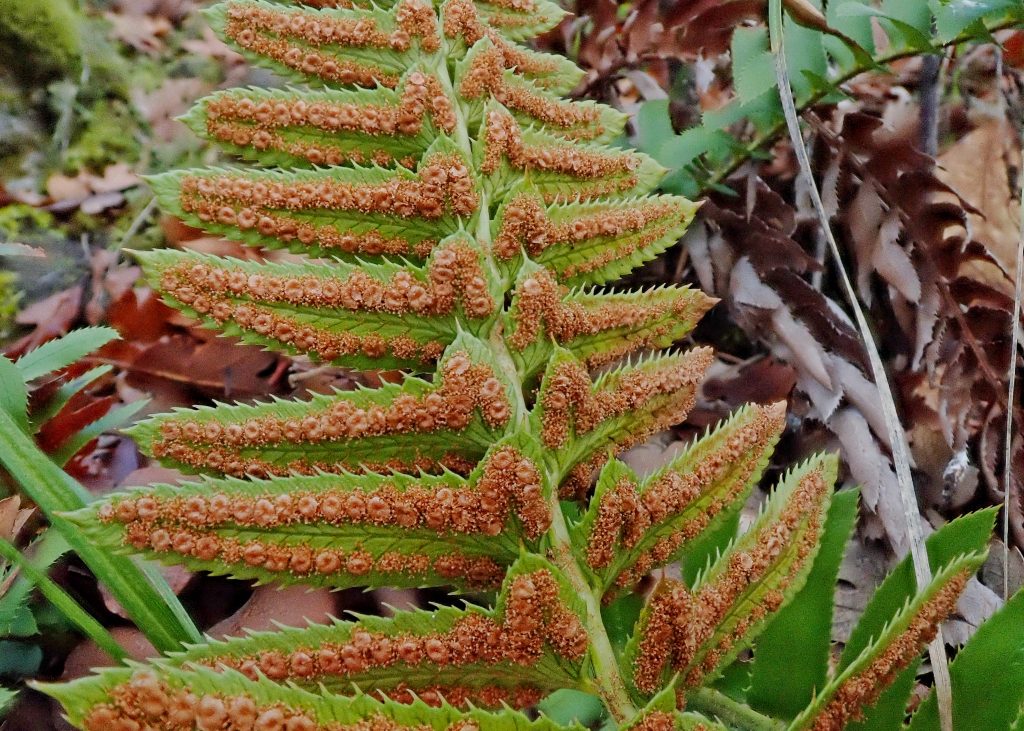
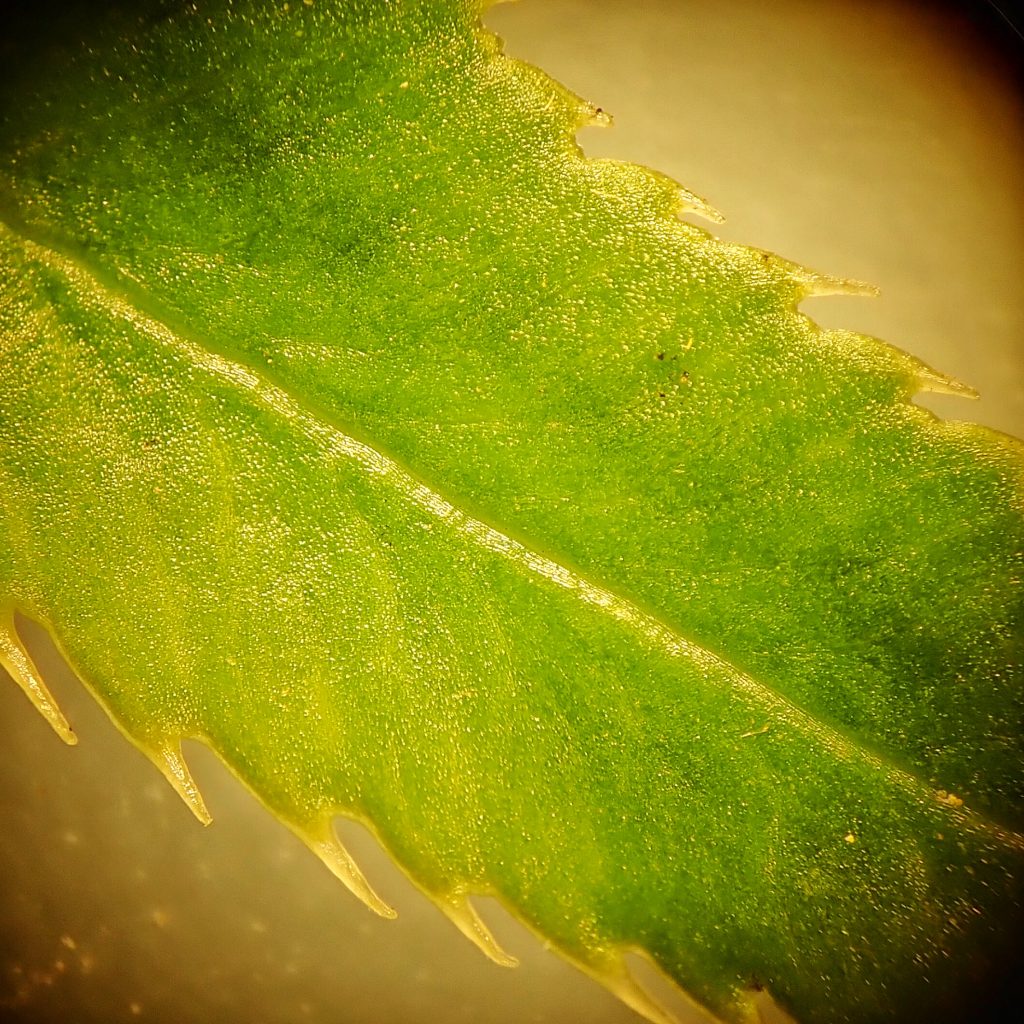
Very interesting & well done! 👍☺️